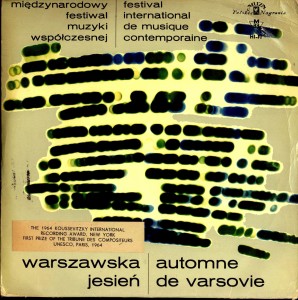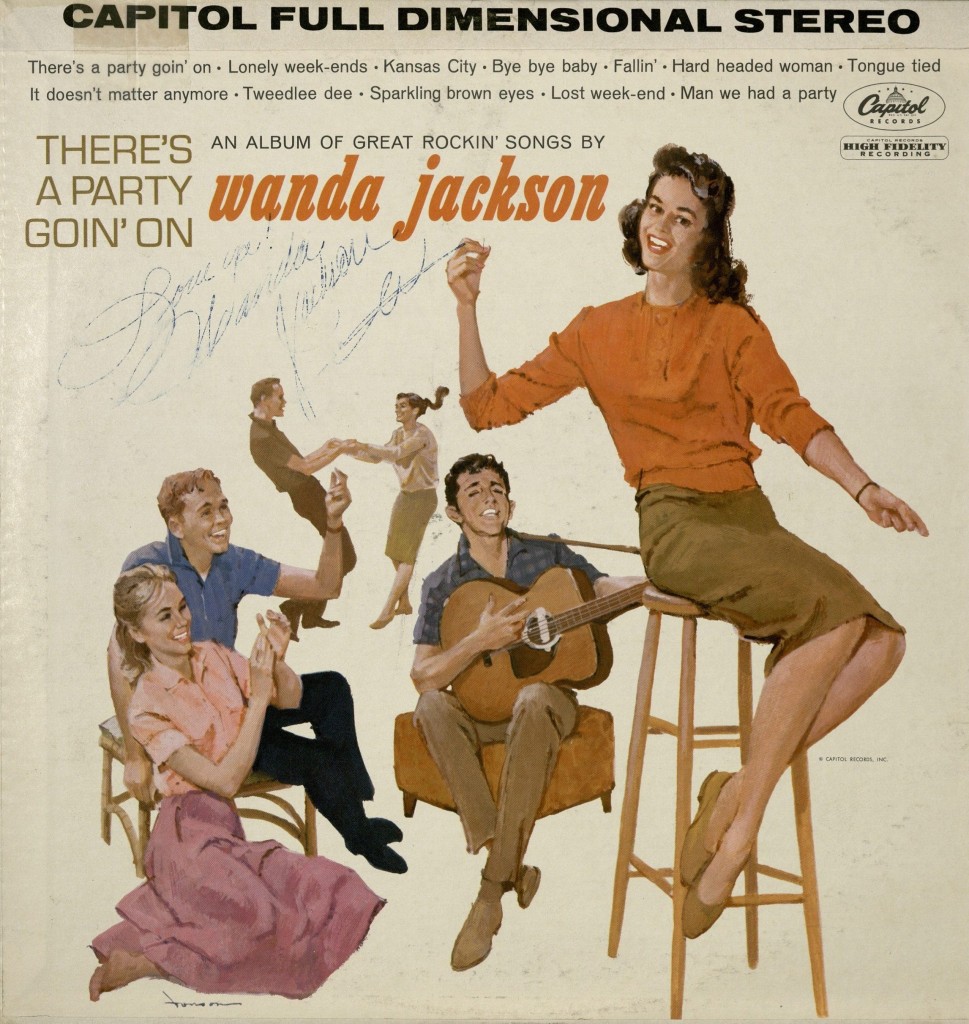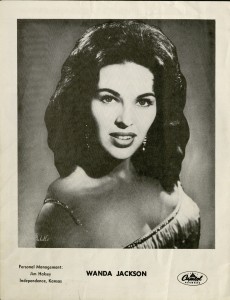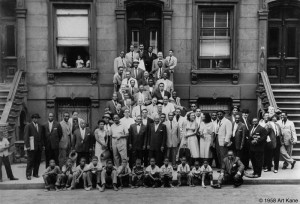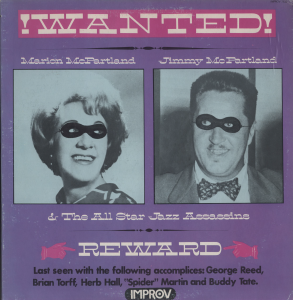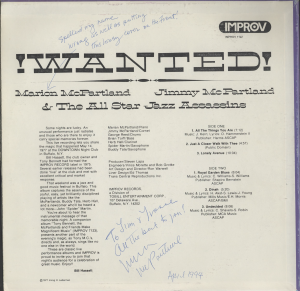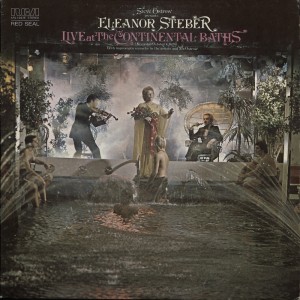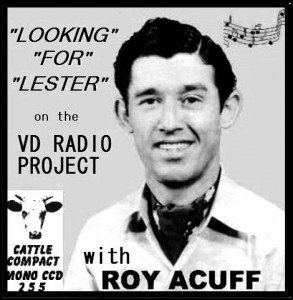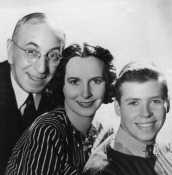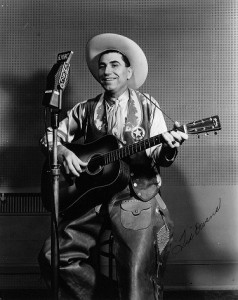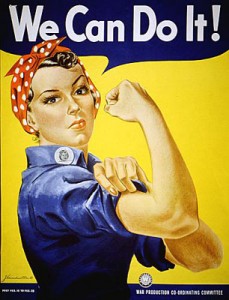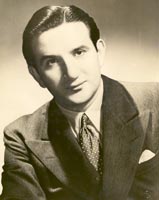 Throughout 2012 and 2013, one of Marr’s ongoing projects consisted of combing through our 45 RPM record collection and preparing them for long-term Roobot Storage. The procedure called for sleeve replacement, deletion of triplicate copies, some basic data entry, the exceedingly rewarding process of making and printing labels for storage boxes, as well as mass removal of 45 RPM adapters.
Throughout 2012 and 2013, one of Marr’s ongoing projects consisted of combing through our 45 RPM record collection and preparing them for long-term Roobot Storage. The procedure called for sleeve replacement, deletion of triplicate copies, some basic data entry, the exceedingly rewarding process of making and printing labels for storage boxes, as well as mass removal of 45 RPM adapters.
As an employee of a sound archive, I, of course, love to perform these menial chores and often feel empty inside when I am not completing such rewarding tasks. Our staff and student assistants would agree! However, if there was one thing that could send me into a full-on emotional tailspin, it would be the anxiety that comes with removing Webster-Chicago Corporation brand 45 adapters and their insidious presence from our 45 RPM holdings.
If I wasn’t shredding my fingers to pop these bad boys out, I might be warping the 45 or even snapping it in half. Once in a blue moon, I wake up to a cold sweat at 4 am, obsessing over “Websters” in my nightmares. No joke. More often than not, I would break down and run to my supervisor, Charlie Stout, who would remove them for me, seemingly without any detriment to his person or psyche. Go figure…
The Webster-Chicago Corporation, later known as Webcor, manufactured high quality amplification and phonograph equipment, tape recorders, intercom and public address systems as well as wire recorders commonly used for dictation, field recordings, and military applications.
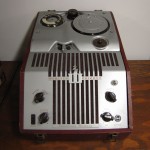
The Model-80 Wire Recorder was manufactured by the Webster-Chicago Corporation in 1948 and marketed for home use. Documentation for Webster-Chicago products can be found on their website
The company first unleashed its 45 RPM adapter on the buying public in 1950, right in the middle of the Columbia/RCA speed wars of the 1940s and 50s. Columbia introduced the 12” 33 RPM LP to consumers whereas RCA opted for their own patent: the 7” 45 RPM Record. Each format its own respective turntable that was, of course, incompatible with the other; hence, the advent of the 45 RPM adapter trend.
The Webster-Chicago adapters seem like holdovers from the machine era. They consisted of a tin disc with four teeth that allowed it to snap into the center hole of the 45 where it would stay put, possibly for decades. Soon thereafter, the market for 45 adapters was flooded by an increasingly disposable array of plastic adapters sold by individual record companies; the most iconic of which being the Recoton adapters, peddled, once again, by the RCA Corporation.
The major problem with the Webster is its tendency to warp records over time, greatly lowering their resale value. They were too costly to produce and often too heavy to be compatible with certain RCA turntables. Their plastic counterparts were less expensive to manufacture, often brightly colored, and were less than likely to wreak havoc on a 45’s playability.
While the Websters seem to have been built to outlast the apocalypse, it is ironic that they were once considered a permanent solution to a temporary and constantly evolving problem. The new wave of plastic adapters squashed the Webster adapter shortly after its initial patent and once most turntables were standardized to play all disc formats, the Webster-Chicago adapter no longer served its intended purpose. Funny enough, the 1½ inch hole in the center of your favorite 45 RPM record no longer serves its original purpose either. The aesthetic and historical value, however, remain mostly intact.

For a more in-depth history of the 45 RPM Adapter, consult Chuck Miller’s Times Union Blog article from 2012, entitled 45 Adapters: Stick it in the Center Hole.

